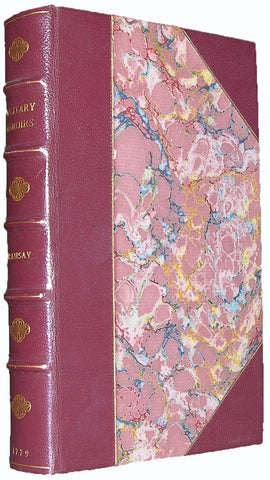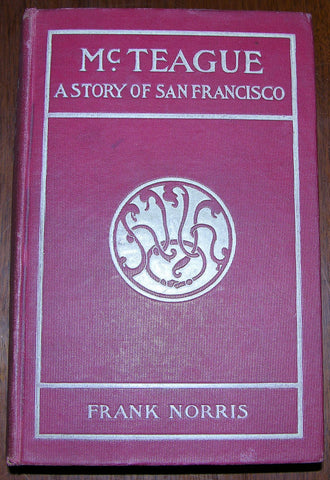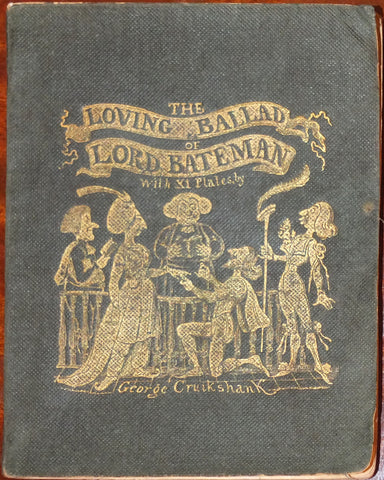Theodore-Agrippa d'Aubigna (1552-1630). Les Avantures du Baron de Faeneste. Comprinses en quatre Parties
Theodore-Agrippa d'Aubigna (1552-1630).
Les Avantures du Baron de Faeneste. Comprinses en quatre Parties
Au Dezert [Geneva] Imprime aux despens de l'Autheur, 1630.
8vo., (6 4/8 x 4 3/8 inches). Woodcut device on title-page and initials throughout (washed). Modern full green morocco, gilt, by Trautz-Bauzonnet, all edges gilt.
Provenance: with the red morocco library label of Henri Breton on the front paste-down; from the distinguished library of Jacques Levy, his sale, Sotheby's, 20th April 2012, lot 46
First complete collected edition of all four parts, second issue with “contrefaçon” (DeBacker). The "Avantures du Baron Faeneste" first appeared as two parts in 1617, the third was published in 1619, and the fourth, for the first time, as here, in 1630.
A burlesque comedy, the work is presented "as a dialogue between two characters (and Faeneste Enay) interspersed with various accounts. According to a tradition of the comic story, the two speakers form a pair constituted around a major opposition between being (Enay) and appearance (Faeneste) on which are grafted correlative oppositions: Catholic (Faeneste) against Huguenot (Enay ), courtier (Faeneste) against provincial (Enay), etc. Within this series of oppositions revolve various forms of satire: social satire of the courtier-conscious "appearance", political satire of courtly manners and intrigues of upstarts, religious satire of Catholic dogmas and practices. These satires are aimed at, in the eyes of Aubigné, the evil deep within French society in the years between 1610-1630: the dissociation of being and appearance, perversion which distorts the foundations of the social game and inaugurated the age of the vanities.
"According to a genre frequently adopted by the literature of the time, the Faenesteconsists of an entanglement of a conversational discourse and narrative discourse. A complex work (its themes and its language combine the Gascon dialect, patois of Saintonge, Poitou, Picardy) the Faeneste is an amalgam of traditional genres and presages the arrival of burlesque literature in the eighteenth century" (Larousse online).Tchemerzine I, 175.
We Also Recommend


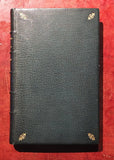


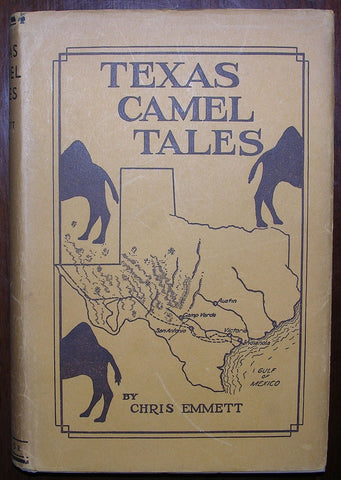
![Christopher Sauer/Sower II (1721-1784). Ein Einfaltiges Reim-Gedicht. [Probably Germantown: Gedruckt bey Leibert und Billmeyer, 1784]](http://aradergalleries.com/cdn/shop/products/DSCF4503_large.jpg?v=1544478572)
